Get to know the members of the HIDSS4Health Life Science Groups
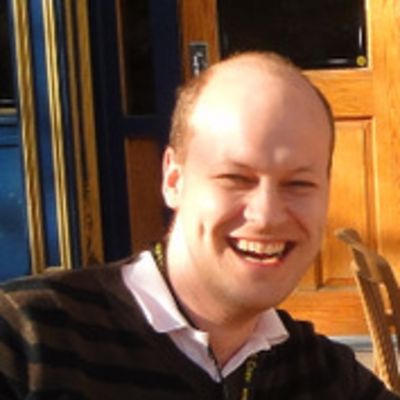
Alexander Schug
KIT
Contact

The Schug lab develops and applies methods for molecular simulation and analysis of genomic data to address questions in biological and medical research.

Anne-Kristin Kaster
KIT
Contact

Our aim is to obtain genomes from new bacterial and archaeal taxa with no sequenced representatives and providing direct link information between cell’s phylogenetic and metabolic markers by matching phylogeny and function. We unravel novel metabolisms, ecophysiology and mechanisms of energy conservation among uncultured microorganisms and in addition investigating minimal genome requirements and syntrophic interactions as well as genetic and phenotypic heterogeneity among cells, cell-to-cell variations, horizontal gene transfer and evolutionary pressure.

Christof M. Niemeyer
KIT
Contact

The Niemeyer team is focussing on the development of biointerfaces for applications in fundamental cell biology, such as cell signaling and development.
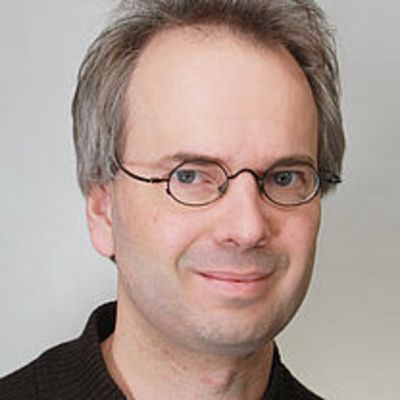
Daniel Durstewitz
UNI HD
Contact

The Durstewitz group develops statistical machine learning methods at the mathematical and algorithmic levels, with a focus on nonlinear time series analysis, nonlinear dynamical systems, and generative recurrent neural networks. Our main application domains are functional neuroimaging and electrophysiological data, as well as smartphone-based ecological momentary assessments, in psychiatry and neurology.

Daniel Hübschmann
DKFZ
Contact

Pattern Recognition and Digital Medicine, Heidelberg Institute for Stem cell Technology and Experimental Medicine (HI-STEM)
Computational Oncology, Molecular Diagnostics Program, National Center for Tumor Diseases (NCT)
Our research focuses on (a) pattern recognition in biological data, multi-omics analysis and data integration with special application to cancer genomics as well as (b) translational and personalized oncology, molecular tumor boards, biomarker development and data analysis for clinical trials.
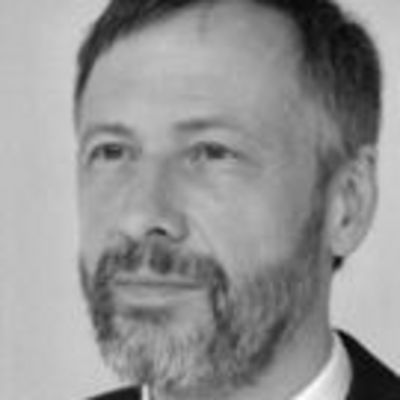
Gerd Ulrich Nienhaus
KIT
Contact

Advanced optical microscopy: Method development for live microscopy (superresolution, light sheet), data analysis, biophysical research

Hannes Kenngott
UNI HD
Contact

The Kenngott Team develops computer-assisted surgery, clinical decision support systems, medical robotics, cyber-physical systems in surgery and machine learning on medical images and data.

Heinz-Peter Schlemmer
DKFZ
Contact

Multiparametric and multimodal oncologic imaging; whole-body imaging; high and ultra-high field MRI; PET/MR hybrid imaging; dual-energy CT; US;

Joacim Rocklöv
UNI HD
Contact

Our research focuses on using data science for studying drivers and predicting the emergence of infectious disease spreading among animals, insects, and humans. Specifically, we use and develop process-based modelling, machine learning and combination approaches integrating data sources from different disciplines and domains across biological, environment, and social domains to explain, forecast and project risks. Within this area we are engaged in larger international networks and projects on infectious disease ecology and dynamics, pandemic preparedness and climate change impacts and adaptation.

Johannes Bracher
KIT
Contact

We develop statistical methods for infectious disease epidemiology, with a specific focus on multi-model short-term forecasting of disease spread.
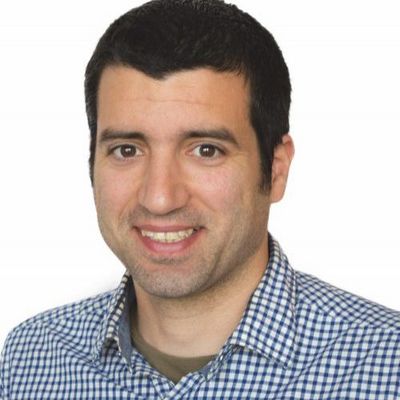
Julio Saez Rodriguez
UNI HD
Contact

Our goal is to acquire a functional understanding of the deregulation of signalling networks in disease and to apply this knowledge to develop novel therapeutics. We focus on cancer, auto-immune and fibrotic disease. Towards this goal, we integrate big (‘Omics’) data with mechanistic molecular knowledge into statistical and machine learning methods, and we share our tools as free open-source packages.
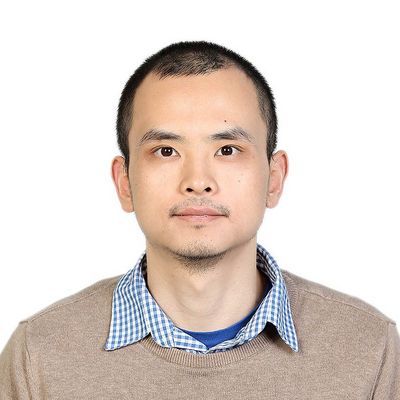
Junyan Lu
UNI HD
Contact

Dr. Lu’s team focuses on developing and applying statistical/machine learning tools for mining mass spectrometry proteomic/metabolomic data as well as integrating them with multi-omics and clinical data, in order to identify cancer biomarkers and drug targets.

Jürgen Debus
UNI HD
Contact

Our goal is to establish precision medicine in Radiation Oncology with innovative high-precision protocols with ions and photons and molecular stratification of patients in over 40 trials.

Lennart Hilbert
KIT
Contact

The Hilbert lab investigates information processing in dense DNA suspensions, as seen inside the cell nucleus, using microscopy, image analysis, and physical modelling.
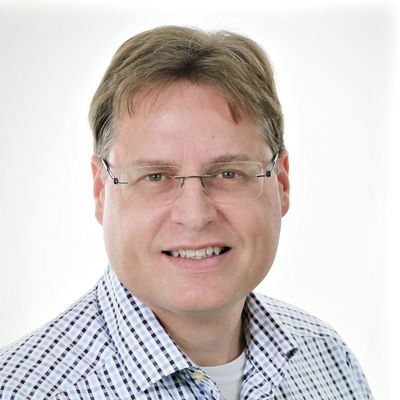
Mark E. Ladd
DKFZ
Contact

The Ladd team develops new and optimizes existing biomedical imaging methods (MRI, CT, PET, optical imaging and ultrasound) for diagnostic and therapeutic procedures.

Martin Wagner
UNI HD
Contact

The Wagner team investigates methods of artificial intelligence and cognitive robotics to improve surgical treatment with a strong focus on clinical translation.

Michael Baumann
DKFZ
Contact

The Baumann team integrates omics data, pathological data and radiological imaging for personalized oncology.

Oliver Jäkel
DKFZ
Contact

Our team is developing novel physical and mathematical methods to advance and improve radiation therapy. A major focus is on MR-guided radiotherapy, where we are developing methods to derive anatomical information for fast adaption, but also extract potential imaging biomarkers, which predict treatment outcome already during the course of therapy.
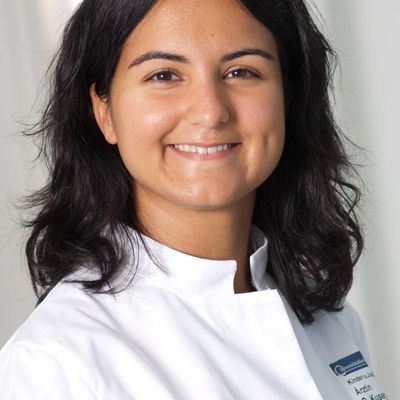
Oya Kuseyri Hübschmann
UNI HD
Contact

Our research focuses on study of inborn errors of neurotransmitter metabolism. We (a) work with and on international patient registries with a deep phenotyping approach and (b) develop prototypic scoring systems for clinical severity, drug response and outcome prediction.

Pavlo Lutsik
DKFZ
Contact

We develop methods and tools enabling data-driven insights into cancer biology through the epigenomes of tumor cells. Our major research topics include integrative analysis of large epigenomic data sets, deconvolution approaches for tumour heterogeneity inference, novel experimental techniques for epigenome profiling, as well as generic infrastructure for reproducible bioinformatics.
Rebecca Wade
UNI HD
Contact
Our main aim is to develop and apply computer-aided methods to study how biomolecules, such as proteins, interact. The methods make use of three-dimensional macromolecular structures and combine multiscale approaches based on physicochemical principles with those of bio-/chemo-informatics and machine learning.

Sabine Jung-Klawitter
UNI HD
Contact

We are interested in inborn errors of metabolism with a special focus on defects in neurotransmitter biosynthesis and metabolism including defects in the biosynthesis of dopamine, serotonin, and GABA, as well as in tetrahydrobiopterin (BH4) biosynthesis. We use patient-specific induced pluripotent stem cells (iPSCs), CRISPR-generated isogenic control iPSC lines and differentiated somatic cell types (neurons, glia) and organoids to elucidate the pathophysiology of the diseases. We are especially interested in (a) gaining a deeper understanding of the complex pathophysiology of the diseases, (b) obtaining better genotype/phenotype correlations and (c) the identification of new therapeutic targets and diagnostic markers.
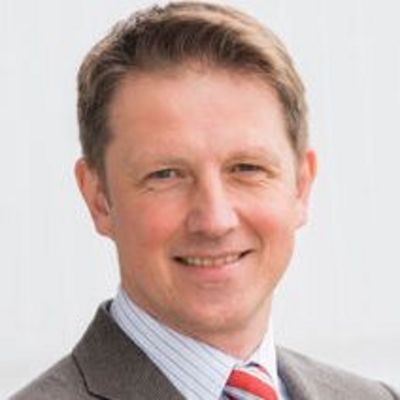
Stefan Kölker
UNI HD
Contact

Our research, which is conducted collaboratively with the Heuveline team, aims at improving the diagnostic quality of newborn screening programs through application of machine learning methods and development of digital tiers. Furthermore, we aim to develop age-adapated personalized whole-body models for in-silico prediction of metabolomic changes in children with inherited metabolic diseases and their responses to treatment strategies. This is a first step to the development of digital metabolic twins.
Uwe Spetzger
KIT
Contact
Our goal is the ongoing development of computer-assisted neurosurgery and robotics. Optimization of visualization techniques combined with functional intraoperative mapping, as well as simulation and machine learning for neurosurgical interventions.
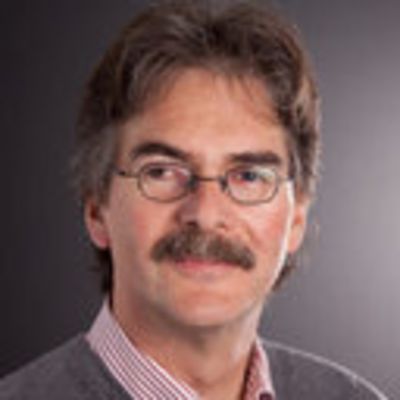
Uwe Strähle
KIT
Contact

The Strähle lab investigates the regulatory mechanisms controlling development and regeneration and how these processes are disturbed in various genetic disease models.
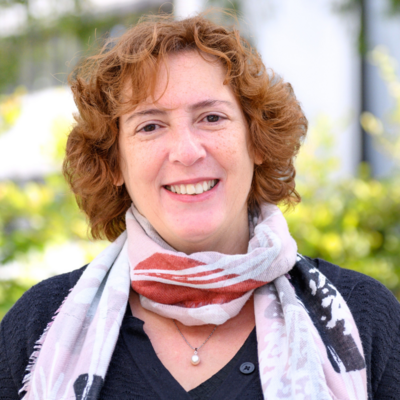
Veronique Orian-Rousseau
KIT
Contact

The Orian-Rousseau team is investigating signaling pathways involved in tumor progression and metastasis as well as in liver diseases. The impact of the microenvironment on these diseases is also under scrutiny.
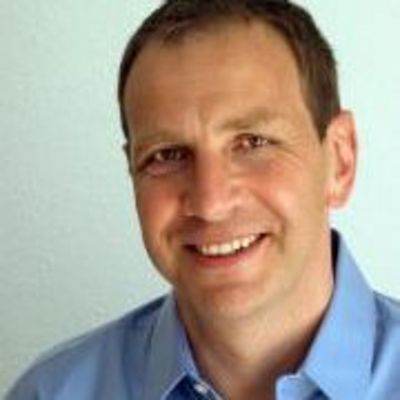
Thomas Höfer
DKFZ
Contact

We investigate how cancer originates in developing or renewing tissues. To this end, we devise predictive computational models of somatic evolution, stem cell dynamics and immune responses.

Karl-Friedrich Kowaleswki
DKFZ
Contact

Traditionally, surgical disciplines like Urology have relied on surgeons' intraoperative situational awareness and their interpretations of the surgical field and anatomy. However, recent advances in artificial intelligence and its subdomains have opened up exciting possibilities for real-time analysis of vast amounts of data and video streams to assist the surgeon. Our research group is actively engaged in developing, validating, and translating these AI methods into practical clinical care.
To harness this potential, we gather and analyze information accumulated from various devices during surgeries. After thorough processing by means of segmentation and annotation, valuable surgical datasets are created. These datasets serve as the foundation for creating and testing models that offer surgical assistance and decision-making support.
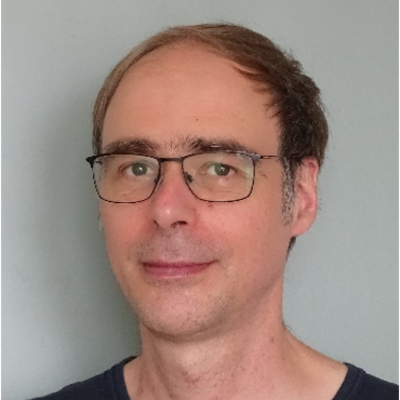
Thomas Dickmeis
KIT
Contact

We aim to decipher molecular mechanisms of biological information processing in cells for applications in information technology, biotechnology, and medicine.

Jan-Oliver Neumann
UNI HD
Contact


Christian Niklas
Uni HD
Contact

I work at the intersection of clinical research, data infrastructure, and computational modeling. My focus includes the management of a medical metadata repository, implementation of a digital tool for structured patient history, and semantic annotation of clinical data using international ontologies. I also contribute to integrating clinical biosignals via ETL pipelines and develop mathematical models—mainly for cardiopulmonary physiology—for in silico testing of treatments.
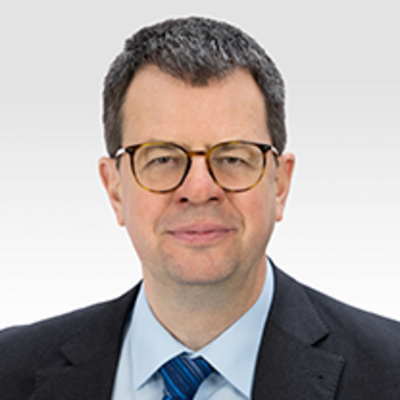
Jan Stallkamp
UNI HD
Contact

The Department of Automation in Medicine and Biotechnology at MIISM develops systems that automate diagnostic and therapeutic procedures. They focus on creating closed-loop technologies that handle everything from data collection to machine control, using concepts like the “digital twin.” Projects include MRI/CT-compatible mini robots and smart instruments—mainly for image-guided interventions in radiology, neurology, and similar fields. The goal: more precision, less human error, and better efficiency in complex clinical environments.
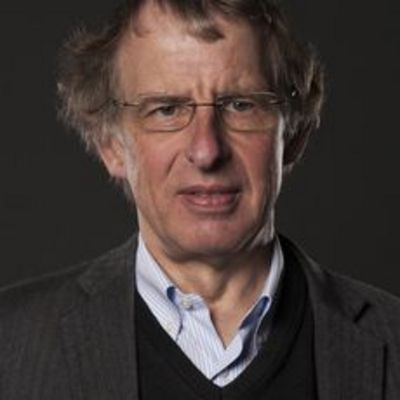
Christof Wöll
KIT
Contact





